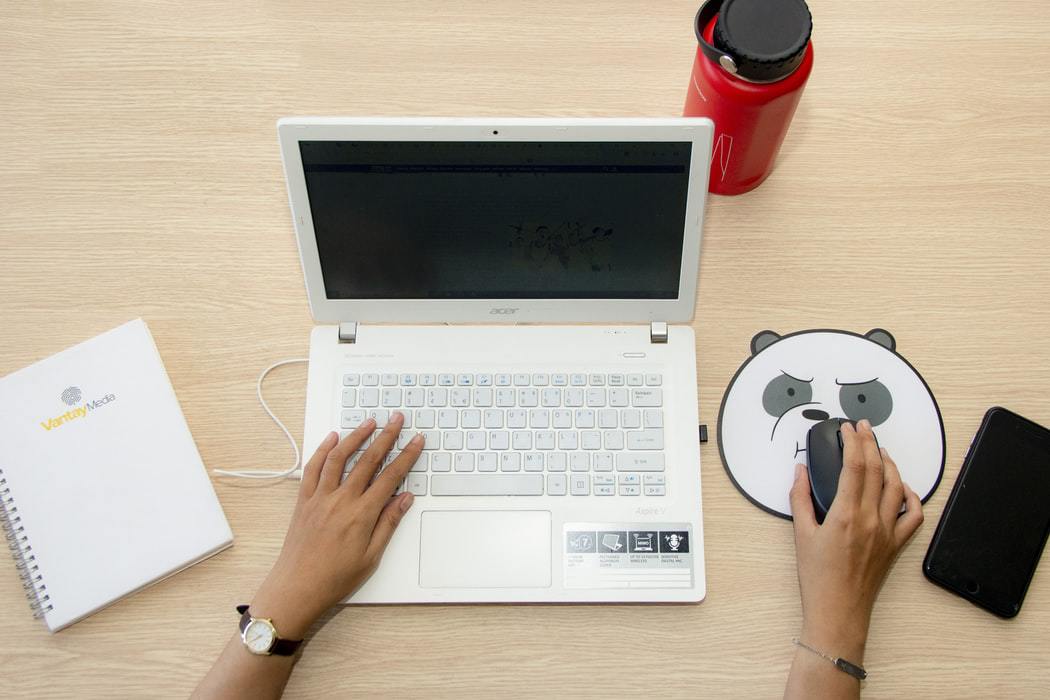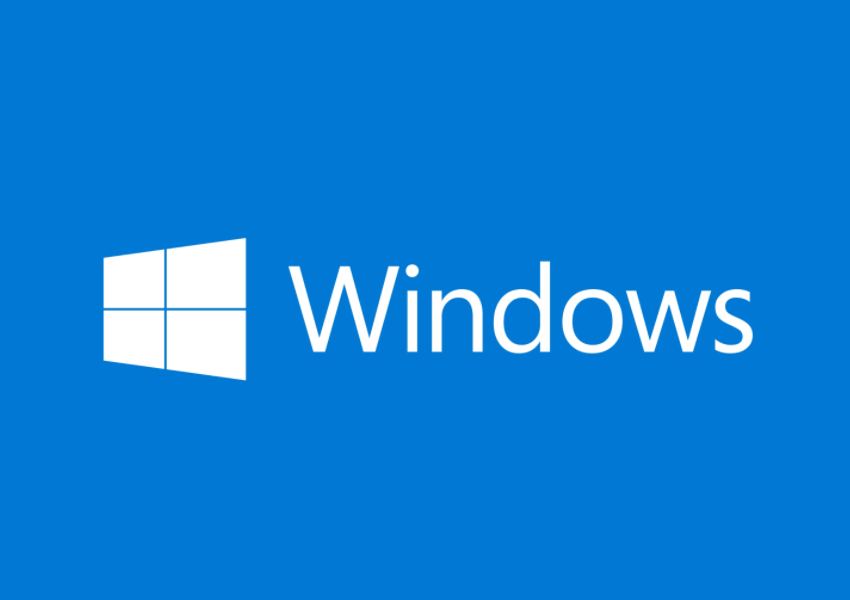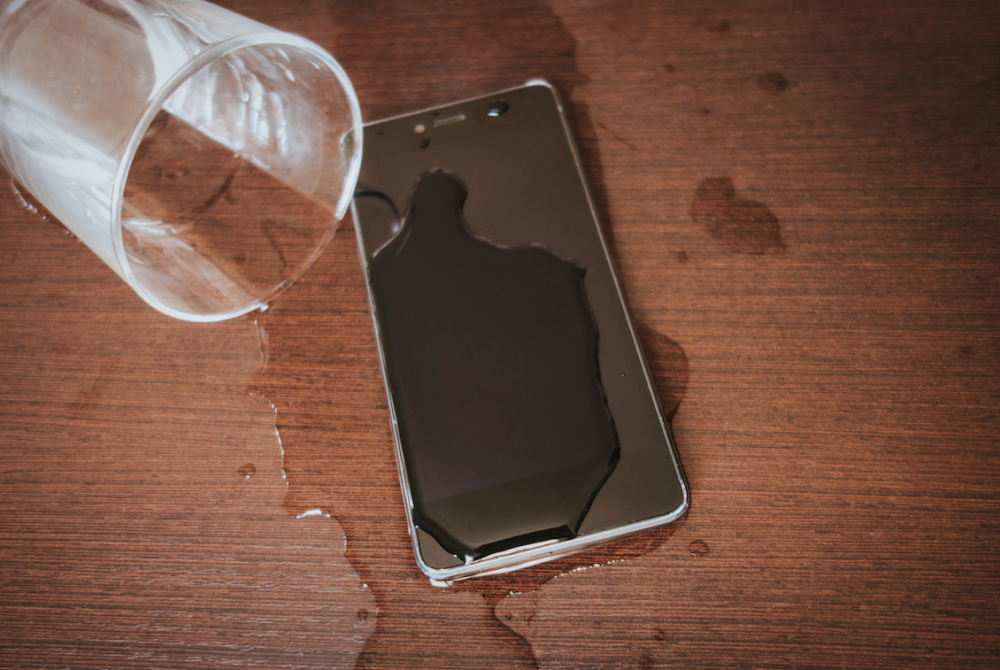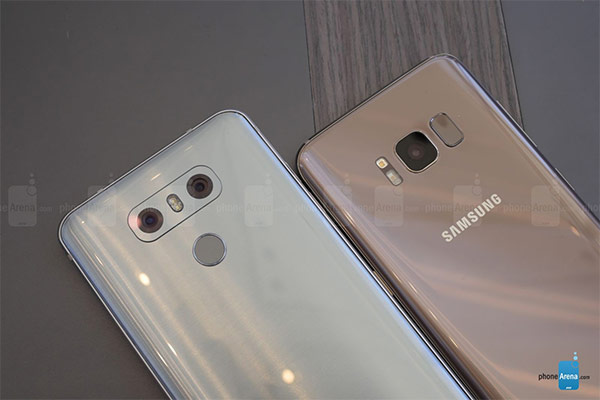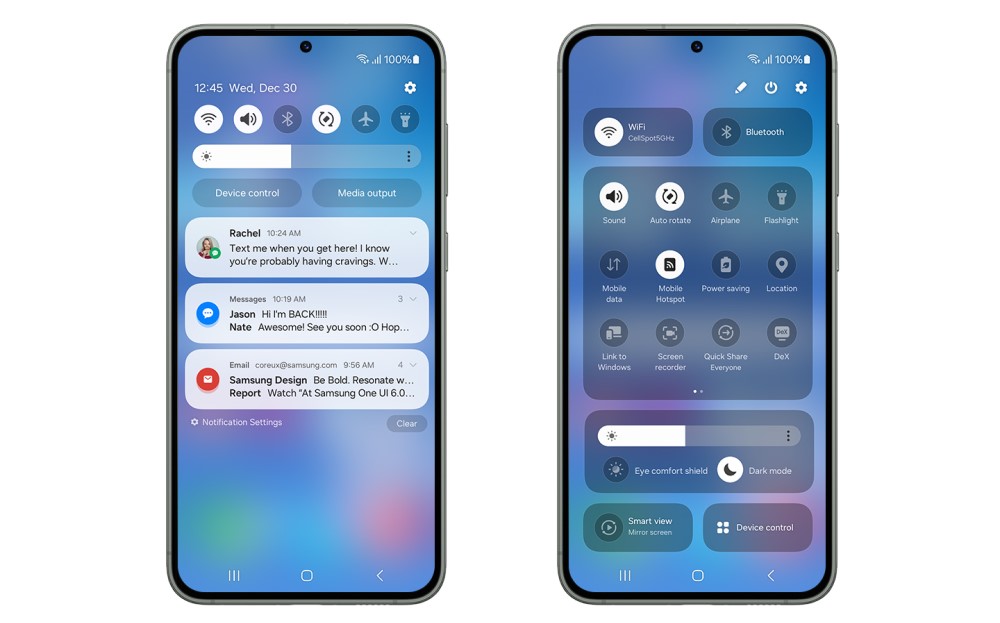The Windows Start button is a vital component of the Windows operating system, serving as the central hub for accessing apps, settings, and other functions. However, it can be incredibly frustrating when the Start button becomes unresponsive or fails to work altogether. Fortunately, there are several methods you can employ to troubleshoot and fix this issue. In this comprehensive guide, we will explore various solutions to help you regain the functionality of your Windows Start button.
Restart Your Windows PC
Sometimes, a simple restart can resolve temporary glitches that cause the Windows Start button to become unresponsive. Follow these steps to restart your PC:
- Press Ctrl + Alt + Delete simultaneously.
- Click the Power button.
- Select Restart.
Update Windows System
Outdated Windows systems can lead to various computer issues, including an unresponsive Start button. Manually checking for updates can help resolve this problem. Here’s how to update your Windows system:
- Press the Windows key + I to open the Settings app.
- Go to the Update & Security section.
- In the right pane, click Check for updates.
- If any updates are available, click Install Now.
- Restart your computer once the update is complete.
Update Drivers
Outdated or malfunctioning drivers can impact the functionality of the Start button and other system functions. Updating drivers can help resolve this issue. Follow these steps to update drivers manually:
- Press the Windows key + X and select Device Manager.
- Locate the driver you wish to update, right-click on it, and select Update driver.
- Choose the appropriate option: Search automatically for drivers or manually update drivers for specific devices.
- Follow the on-screen instructions to complete the driver update process.
Perform a Malware Scan
Malware infections can interfere with system processes and cause the Start button to malfunction. Running a thorough malware scan can help identify and remove any malicious software. Consider using reputable antivirus software such as Surfshark Antivirus to scan and protect your system.
Unhide the Taskbar
In some cases, the Windows Start button may appear unresponsive simply because it is hidden in the taskbar. To unhide the taskbar and restore the functionality of the Start button, follow these steps:
- Move your mouse to the bottom of the screen, and the taskbar should automatically appear.
- If the taskbar remains hidden, press the Windows key + I to open the Settings app.
- Select Personalization and navigate to the Taskbar section.
- Click on Taskbar Behaviors.
- Uncheck the Automatically hide the taskbar option.
Restart Windows File Explorer
Windows File Explorer is responsible for managing files and programs on your computer. Restarting this process can help resolve issues with the Start button. Follow these steps to restart Windows File Explorer:
- Right-click on the taskbar at the bottom of your screen.
- Click Task Manager.
- Select the Details tab.
- Locate Windows Explorer in the list of processes.
- Right-click on Windows Explorer and choose Restart.
- Wait for Windows Explorer to restart, and then check if the Start button is working.
Remove Corrupt Files
Corrupt files can cause various Windows issues, including a non-responsive Start button. The built-in System File Checker (SFC) can help fix broken files. Follow these steps to run an SFC scan:
- Press the Windows key + R to open the Run dialog box.
- Type cmd and press Ctrl + Shift + Enter to run Command Prompt as an administrator.
- In the Command Prompt, type SFC/scannow and hit Enter.
- Wait for the scan to complete.
- If any corrupt files are found, the SFC tool will attempt to repair them.
- Restart your computer and check if the Start button is functioning correctly.
Re-Register Built-in Windows Apps with PowerShell Tool
Re-registering built-in Windows apps can help resolve issues with the Start button. The PowerShell tool can facilitate this process. Follow these steps to re-register the apps:
- Press the Windows key + R to open the Run dialog box.
- Type PowerShell, hold down Ctrl + Shift, and click OK to open PowerShell with administrative privileges.
- In PowerShell, copy and paste the following command:
Get-AppXPackage -AllUsers | Foreach {Add-AppxPackage -DisableDevelopmentMode -Register "$($_.InstallLocation)AppXManifest.xml"}- PressEnter to execute the command.
- Wait for the process to complete.
- Restart your computer and check if the Start button is now responsive.
Rebuild Indexing Options
Rebuilding indexing options can refresh the search index, potentially resolving issues with the Start menu. Here’s how to rebuild the index:
- Press theWindows key + S and typeIndexing in the search box.
- Click onIndexing Options.
- In the Indexing Options window, clickModify.
- ClickShow All Locations and uncheck all the ticked boxes.
- ClickOK to save the changes.
- Click onAdvanced, then in the Troubleshooting section, clickRebuild.
- A warning message will appear, clickOK and wait for the process to complete.
- Restart your computer and check if the Start button is now working properly.
Disable Temporary Cortana Files
Cortana, Microsoft’s virtual assistant, can sometimes interfere with the Start button’s functionality. Disabling temporary Cortana files can help resolve this issue. Follow these steps to disable Cortana files:
- Press the Windows key + R to open the Run dialog box.
- Type Regedit and press Enter to open the Registry Editor.
- Navigate to the Windows Search folder in the left pane.
- Right-click on the folder and select New > DWORD (32-bit) Value.
- Name the new value AllowCortana.
- Double-click the new value and set the value data to0.
- Click OK to save the changes.
- Restart your computer and check if the Start button is functioning correctly.
Create a New Registry
Creating a new registry can help resolve issues with the Start button caused by problematic registry entries. Follow these steps to create a new registry:
- Press the Windows key + R to open the Run dialog box.
- Type Regedit and press Enter to open the Registry Editor.
- Right-click anywhere in the Registry Editor and select New > DWORD (32-bit) Value.
- Name the new file EnableXamlStartMenu.
- Restart your computer and check if the Start button is now responsive.
Boot into Safe Mode
Booting your computer into Safe Mode can help identify if third-party software or drivers are causing issues with the Start button. Follow these steps to boot into Safe Mode:
- Press the Windows key + I to open the Settings app.
- Click on System in the left pane, then select Recovery.
- Click on Advanced Startup.
- From the options, choose Troubleshoot, then Advanced Options.
- Select Startup Settings and click the Restart button.
- Once your computer restarts, choose the appropriate Safe Mode option.
- Check if the Start button is functioning correctly in Safe Mode.
- Restart your computer and boot back into your normal account to see if the issue is resolved.
Restore/Factory Reset Windows
If all other methods fail to fix the non-responsive Start button, restoring or factory resetting Windows may be the last option. It is important to note that this process will revert your Windows settings to their default state. Before proceeding, it is highly recommended to back up your data. Follow these steps to restore or factory reset Windows:
- Press the Windows key + I to open the Settings app.
- Go to Update & Security and select Recovery from the side panel.
- Click on Reset PC.
- Choose the option to Keep my files in the dialogue box.
- Click on Local Reinstall.
- Change your settings and set Restore preinstalled apps? to No.
- Click Reset to initiate the process.
- Follow the on-screen instructions and wait for the reset to complete.
Conclusion
By following these troubleshooting methods, you can resolve issues with a non-responsive Start button in Windows 10. Remember to choose the method that best suits your situation and always back up your data before making any significant changes to your system.
If you have any further questions or alternative solutions for fixing the Start button, feel free to leave them in the comments section below.




